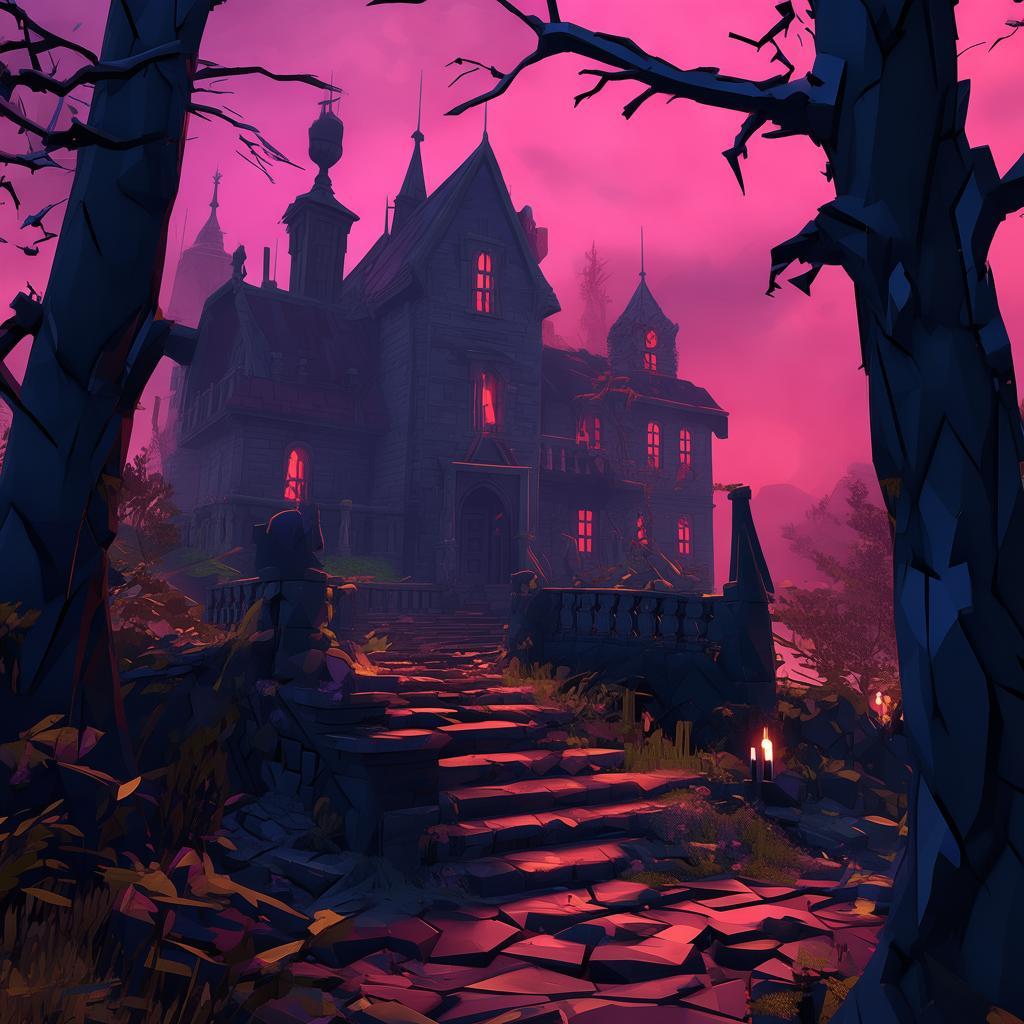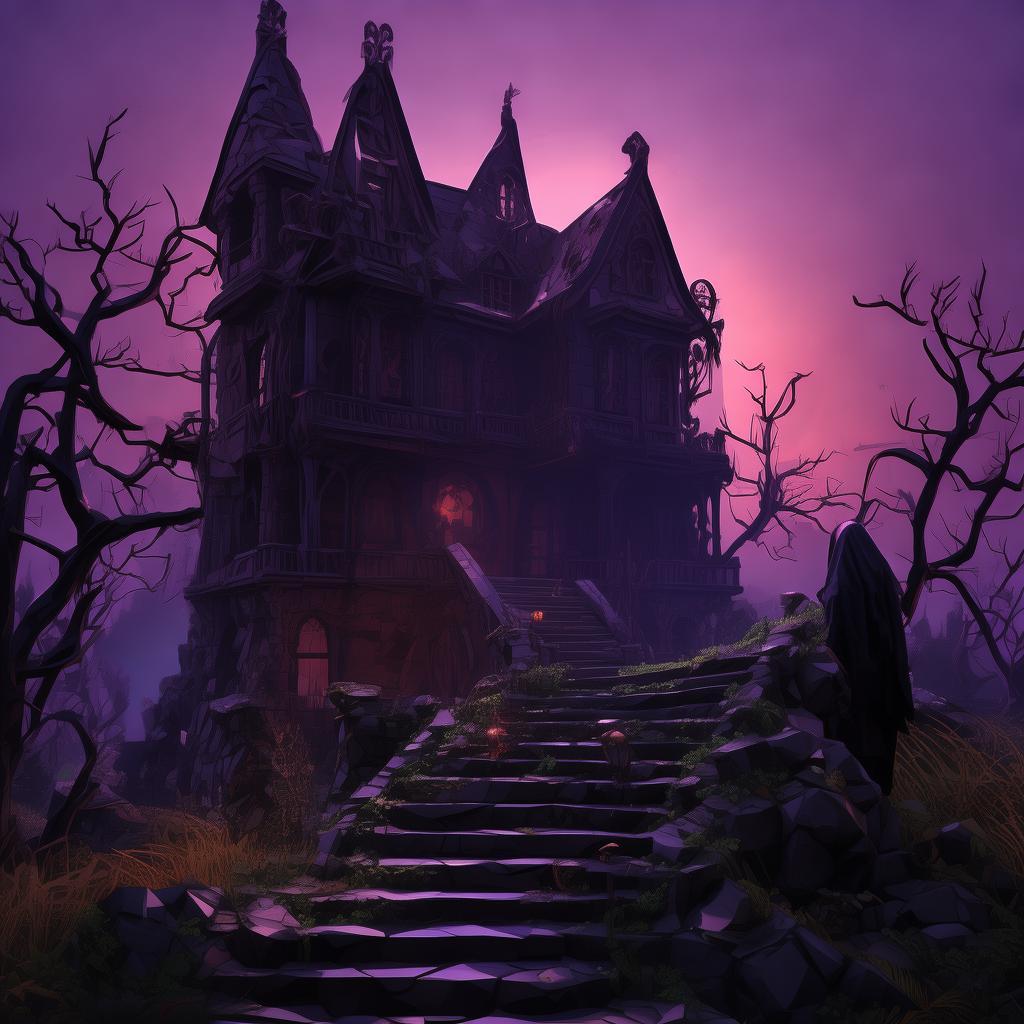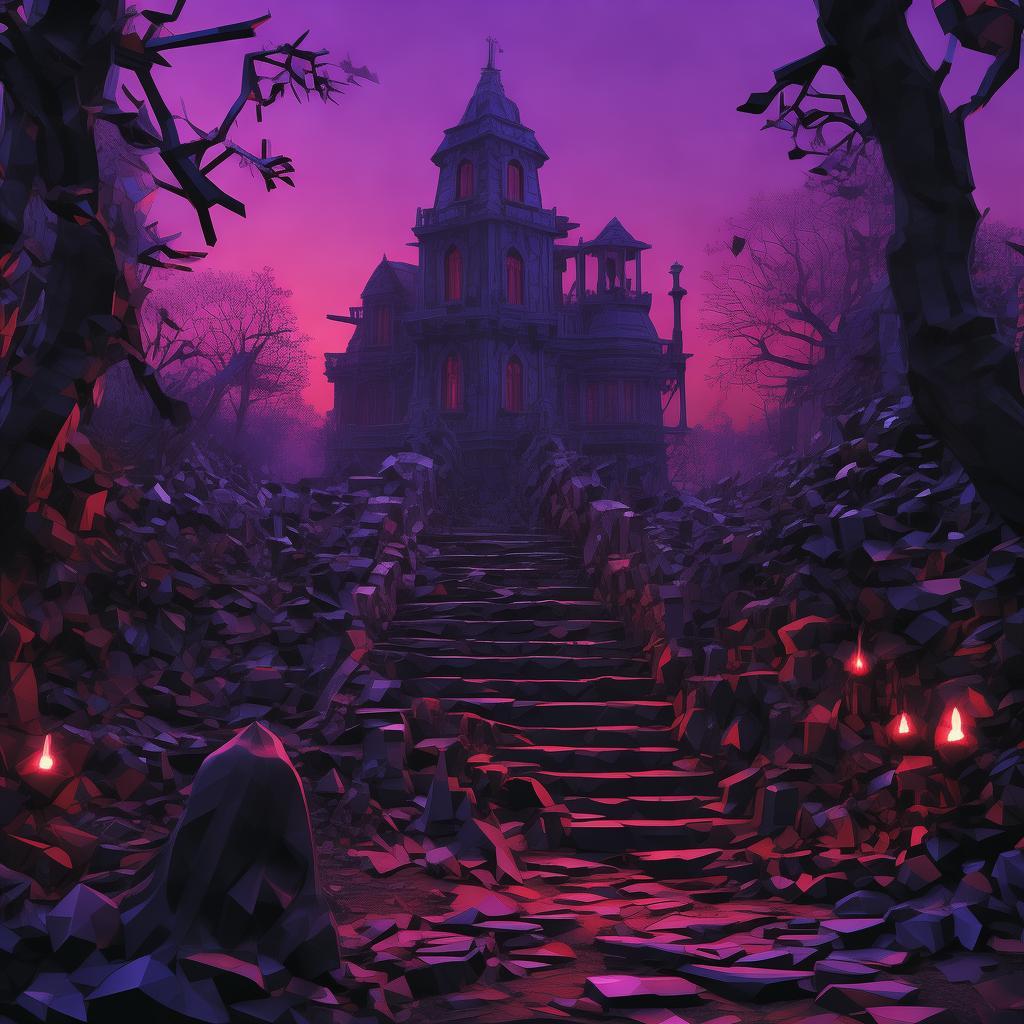The Cursed Portrait
The sun dipped below the horizon, casting a golden glow over the quaint coastal town of Marlowe. The wind carried the scent of salt and the promise of adventure. Within the walls of the old, creaking inn stood the Marlowe Museum, a place of stories and secrets. It was here that the townsfolk gathered to admire the museum's most prized possession—a portrait of an elegant woman, her eyes piercing through the canvas as if they could see straight through the soul.
The portrait, known as "The Cursed Portrait," had been a centerpiece of the museum for decades. It was said to have been painted by an unknown artist during the Napoleonic Wars, a time when spirits were said to walk the earth. The story of the portrait's origin was a tale of love, betrayal, and untold tragedy.
Eliza Marlowe, the curator of the museum, had always been fascinated by the portrait. Her ancestors had claimed it to be the cursed work of a painter driven mad by the ghosts of the dead. Eliza had spent years studying the painting, trying to uncover its secrets. It was during her latest investigation that she discovered a hidden compartment behind the portrait's frame. Inside, she found a love letter, written in a delicate script, addressed to "My Dearest Beloved."

Curiosity piqued, Eliza read the letter, learning of a passionate affair between the artist and a noblewoman, whose heart had been stolen away by the allure of wealth and power. The letter spoke of a love that was both passionate and forbidden, a love that would cost them both their lives.
As Eliza continued to delve deeper into the portrait's past, she began to experience strange occurrences. Shadows danced on the walls, and the air grew thick with an unexplained presence. The museum's night watchman, a grizzled old man named Thomas, would report seeing the portrait move on its own, the woman's eyes following him as he patrolled the halls.
One evening, as Eliza was preparing for the opening of a new exhibit, the portrait seemed to come alive. It's eyes locked with hers, and a chill ran down her spine. Suddenly, the painting began to glow, and a figure emerged from the shadows. It was the artist, a man who had long since been presumed dead.
The man spoke in a voice that seemed to come from all around her, "Eliza, you must help me. The curse binds us to this painting, and only you can break it."
Eliza, though frightened, felt a strange connection to the man. She knew that the curse was real, and that it could only be lifted by the one who had loved the woman portrayed so deeply. But to do so, she would have to uncover the truth about the noblewoman's fate and the reasons behind the curse.
The following days were a whirlwind of research, uncovering more about the artist and the noblewoman. Eliza discovered that the noblewoman had been poisoned by her own brother, who had taken her place at the prince's court. The artist, driven to madness by his grief and guilt, had created the portrait as a testament to his love, only to be consumed by the same curse that now plagued Eliza.
As the night of the exhibit approached, Eliza found herself in the museum, surrounded by the portraits of the townsfolk. She knew that to break the curse, she had to confront the figure of the noblewoman. The portrait began to glow once more, and the noblewoman's ghost appeared, her eyes filled with sorrow and betrayal.
"Eliza," she whispered, "I am cursed to love you, even though you are no longer alive. Please, break the curse and let me go."
With a deep breath, Eliza reached out to the portrait, her fingers brushing against the canvas. She closed her eyes and whispered a spell, a spell of love and forgiveness. The portrait began to shimmer, and the ghost of the noblewoman faded away.
As the museum's guests arrived, Eliza stood before the portrait, her heart pounding. The painting was still, and the air was filled with a sense of release. The curse was broken, and the spirits were free.
In the days that followed, the museum was filled with visitors, each drawn by the tale of the cursed portrait. Eliza, though changed by her experience, felt a profound sense of peace. The Cursed Portrait, once a source of fear and mystery, had become a symbol of love and redemption.
And so, the Marlowe Museum remained a place of stories, where love and hauntings were intertwined, a reminder that the bonds of the past can still touch the lives of the present.
✨ Original Statement ✨
All articles published on this website (including but not limited to text, images, videos, and other content) are original or authorized for reposting and are protected by relevant laws. Without the explicit written permission of this website, no individual or organization may copy, modify, repost, or use the content for commercial purposes.
If you need to quote or cooperate, please contact this site for authorization. We reserve the right to pursue legal responsibility for any unauthorized use.
Hereby declared.









